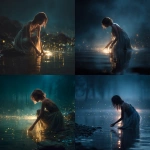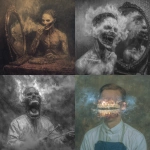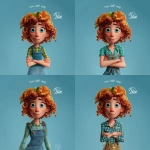Explore the Best AI Image Gallery
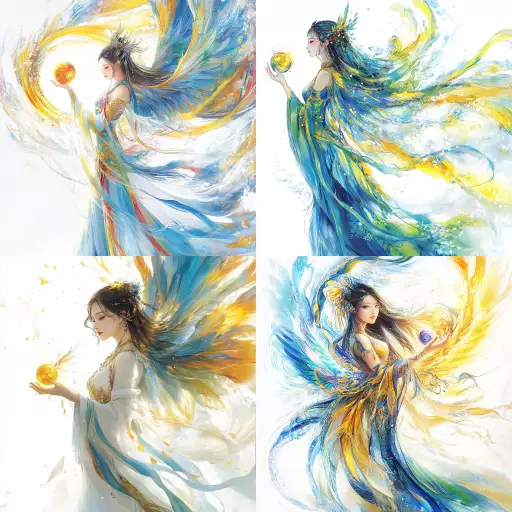
Pixels on Your Skin: AI Image Generation and the Future of Design
The creative landscape is undergoing a seismic shift, fueled by the rise of artificial intelligence (AI). Among the most transformative developments is AI image generation, a technology that empowers designers to conjure visuals with unprecedented ease and speed. This groundbreaking tool has ignited both excitement and apprehension within the design community, promising a future where creativity knows no bounds while raising crucial ethical considerations.
A Canvas of Infinite Possibilities
AI image generators utilize complex algorithms trained on massive datasets of images to produce unique and often stunning visuals. From photorealistic renderings to abstract art, these algorithms can generate diverse styles and concepts at the designers command. This opens up a world of possibilities for designers across various disciplines:
- Graphic Design: Streamlining the creation of logos, branding assets, website graphics, and marketing materials.
- Product Design: Rapid prototyping and visualization of product concepts, facilitating iterative design processes.
- Fashion Design: Generating innovative textile patterns, exploring new silhouettes, and visualizing clothing collections in diverse contexts.
- Architecture and Interior Design: Creating immersive 3D visualizations of spaces, aiding in conceptualization and client presentations.
The Ethical Tightrope
While the potential benefits are undeniable, AI image generation also presents ethical challenges that require careful consideration:
- Copyright and Intellectual Property: Questions arise regarding ownership and rights to AI-generated images, especially when they resemble existing works.
- Bias and Representation: AI algorithms can perpetuate societal biases present in the training data, leading to potentially harmful or discriminatory outputs.
- Job Displacement: Concerns exist about the potential for AI to automate design tasks, impacting the livelihoods of human designers.
Navigating the Future
The future of design lies in a collaborative relationship between humans and AI. Its crucial to embrace responsible development practices, ensure ethical guidelines are established, and foster open dialogue within the creative community. By striking a balance between technological advancement and human creativity, we can unlock the full potential of AI image generation while safeguarding the integrity and values of the design profession.
Moving forward, several trends are likely to shape the landscape of AI-powered design:
- Increased Personalization: AI will enable designers to create highly customized visuals tailored to individual preferences and contexts.
- Real-Time Collaboration: Designers will leverage AI tools for seamless real-time collaboration, enhancing teamwork and fostering innovation.
- Augmented Reality Integration: AI-generated images will seamlessly integrate with augmented reality experiences, creating immersive and interactive designs.
AI image generation is a powerful tool that has the potential to revolutionize the design industry. By embracing its possibilities while navigating its ethical complexities, designers can unlock new realms of creativity and shape the future of visual expression.

](https://images.ai-img.art/thumbnails/150/26c16e4f635deee86633de398088ca98d9bb748d6e7601436b07e882fab236cb.webp)
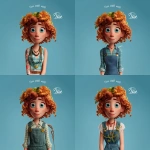


](https://images.ai-img.art/thumbnails/150/e6a179db327f0374ec327d0fdab48ac1f2dc47123eed103b0a41ed346280d07d.webp)
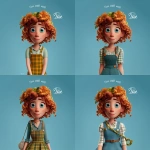

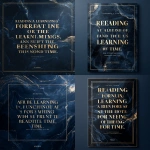
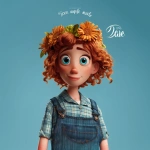


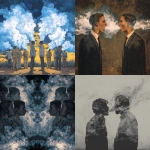








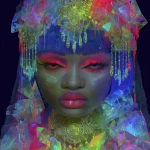

](https://images.ai-img.art/thumbnails/150/6c909fd6d38caac6572b592dd97831deb7d6562bba142798574677582676dfc1.webp)


](https://images.ai-img.art/thumbnails/150/60973df1d727dbbf8e6922b7e4836814ab6012106eb9dcfe99aea7aec15f3710.webp)
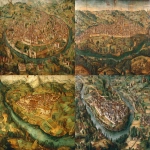
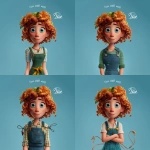

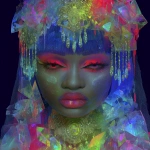
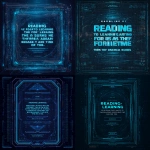
](https://images.ai-img.art/thumbnails/150/1202074d0d60b08b64d0f91f36468608aaac200a02b721cc8e6d8ec8a908432c.webp)
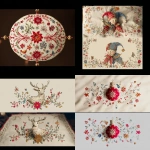

](https://images.ai-img.art/thumbnails/150/655229c40961cb7ff5abd4b4190e02c94ea1a961106e7547a562649c945268be.webp)


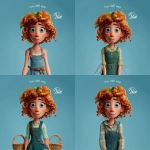


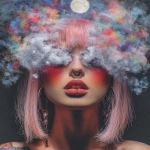
](https://images.ai-img.art/thumbnails/150/184b4b030e30be0a6d51b544226cb4cf2271977814d935d3aaa2b7529355b3b7.webp)



